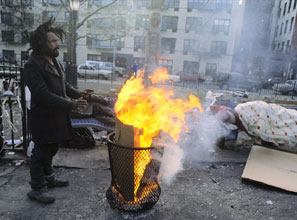
Broken Windows Theory
Image: city-journal.org
New York resident and real estate professional Gustavo L. Vila has a background that also includes a career in law enforcement and law. As a member of the New York City Police Department, Gustavo L. Vila held several positions and served as an advisor and counselor to the New York City Police commissioner William Bratton, who served from 1994 to 1996.
After an alarming spike in violent crime in New York City during the 1980s, declining crime rates in the 1990s were a welcome surprise. Crime rates also fell in several of the nation’s largest cities during this time, but New York City’s statistics exceeded national averages, prompting experts to examine the reasons behind the reversal. Though one program or person cannot be singled out as the catalyst for declining rates of violent crime, Police Commissioner Bratton’s approach to fighting crime was one factor that helped.
Bratton embraced the broken windows theory, which drew a connection between neighborhood disorder and violent crime. Influential in the 1990s, the theory motivated police departments to crack down on smaller, less serious crimes in an effort to break the lengthy chain of events that can lead minor criminals to embark on more serious crimes.
The broken windows theory led Bratton to tackle crime fighting differently than his predecessors. Instead of focusing solely on major crimes, he encouraged the arrests of low-level offenders who often provided useful information that could lead to the arrest of more violent criminals. In addition, rather than waiting for specialized units, uniformed neighborhood officers were tasked with drug and gun arrests. Bratton also used more undercover units and bicycle patrols and cracked down on street crimes such as graffiti, panhandling, prostitution, and public drinking.
Though the broken windows theory cannot be awarded all the credit for a safer New York City during the 1990s, Bratton’s unique approach contributed to safer streets.